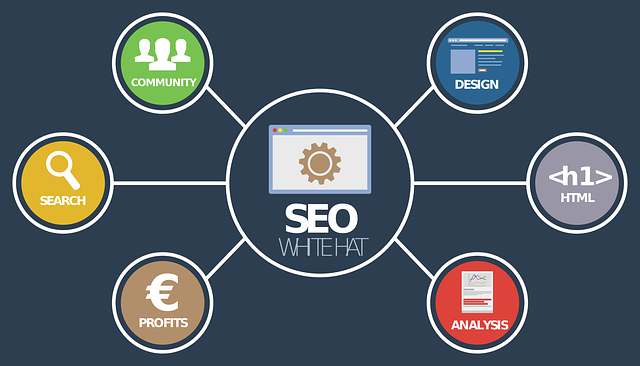AI scalability modeling is transforming commercial real estate by leveraging vast data on demographics, preferences, rental patterns, and occupancy rates to predict tenant behavior with accuracy. This enables brokerages to offer personalized services, anticipate market trends, and gain a competitive edge. Using machine learning, AI models forecast lease renewals, vacancy risks, and retention strategies based on historical data and market dynamics. While challenges like data privacy, skill requirements, algorithmic fairness, and costs exist, strategic investments can harness AI's potential for enhanced decision-making and property management in this dynamic industry.
“Unleash the power of AI in commercial real estate (CRE) tenant behavior forecasting. This comprehensive guide explores how advanced algorithms can revolutionize predictions, benefiting brokerages and landlords alike. We delve into understanding tenant behavior through data collection and AI integration, delving into scalable modeling techniques to create robust predictive tools. Discover the benefits and challenges of implementing AI-driven forecasting, including enhanced decision-making and improved occupancy rates for brokerages leveraging AI scalability modeling.”
- Understanding Tenant Behavior: Data Collection and AI Integration
- Modeling Scalability: Building Predictive Algorithms for Brokerages
- Implementing AI-Driven Forecasting: Benefits and Challenges for the Industry
Understanding Tenant Behavior: Data Collection and AI Integration

Understanding tenant behavior is a complex task in commercial real estate, but with the integration of Artificial Intelligence (AI), brokerages can gain valuable insights to drive their strategies. AI scalability modeling offers an innovative approach by analyzing vast amounts of historical and real-time data related to tenant interactions, lease agreements, and market trends. This includes demographic information, property preferences, rental patterns, and occupancy rates.
By collecting and processing such diverse data, AI algorithms can identify patterns and correlations that were previously difficult to discern. For brokerages, this means being able to forecast tenant behavior more accurately, enabling them to cater to specific client needs and stay ahead of the market. This integration of AI not only enhances decision-making but also opens doors to personalized services and a competitive edge in a rapidly evolving industry.
Modeling Scalability: Building Predictive Algorithms for Brokerages

As AI continues to transform the commercial real estate industry, scalability becomes a key consideration for brokerages aiming to leverage its power. Modeling scalability involves developing algorithms that can handle vast amounts of data and predict tenant behavior patterns across diverse markets and properties. By using machine learning techniques, brokerages can build robust models capable of processing historical data on leases, occupancy rates, property management, and market trends to forecast future tenant actions.
These predictive algorithms empower brokerages with valuable insights into potential rental increases, vacancy risks, and tenant retention strategies. They enable data-driven decision-making processes, allowing professionals to identify high-value tenants, tailor marketing efforts, and optimize portfolio performance. AI scalability modeling for brokerages opens up new possibilities for precision forecasting and strategic planning in a dynamic commercial real estate market.
Implementing AI-Driven Forecasting: Benefits and Challenges for the Industry

Implementing AI-driven forecasting presents a paradigm shift for the commercial real estate industry, offering both significant benefits and unique challenges. By leveraging machine learning algorithms and vast datasets, AI scalability modeling for brokerages enables precise tenant behavior predictions, enhancing decision-making processes across various aspects of property management and investment strategies. This advanced technology can analyze historical trends, market dynamics, and tenant data to identify patterns indicative of future lease renewals, vacancies, or relocation preferences, ultimately empowering professionals with actionable insights.
However, the path to successful AI integration is not without hurdles. Data privacy concerns, the need for specialized skills in AI development and interpretation, and ensuring algorithmic fairness and transparency are critical considerations. Moreover, the initial implementation costs and the potential disruption to established workflows demand careful planning and strategic investments from industry players to harness the full potential of this transformative technology.
AI scalability modeling for brokerages presents a transformative opportunity in commercial real estate. By integrating data collection and AI, brokerages can predict tenant behavior, enhancing their decision-making processes. While challenges exist, the benefits of AI-driven forecasting—including improved portfolio management and tailored leasing strategies—are compelling. As this technology advances, it will be crucial for brokerages to adapt, leveraging AI scalability modeling to stay competitive in a dynamic market.
